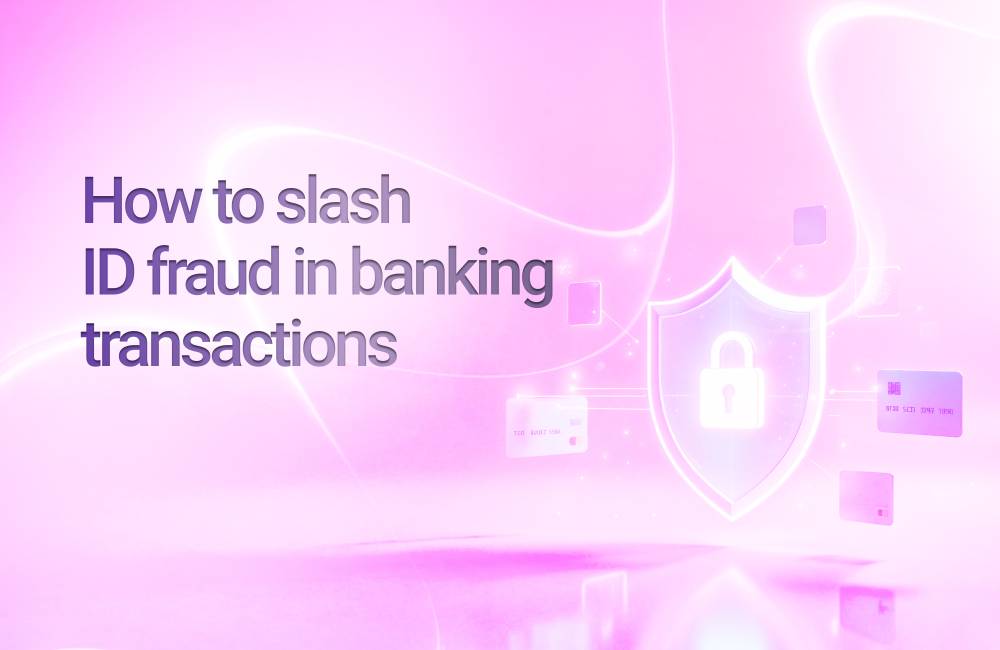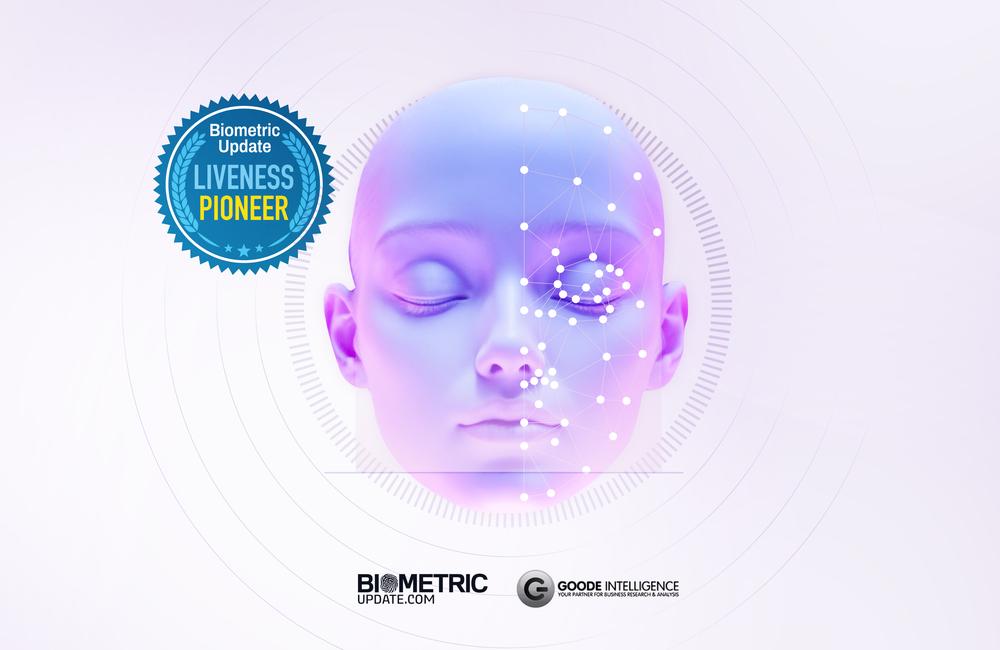Decentralized ID verification: How banks can stop the $43B identity fraud crisis Written on

Identity fraud cost Americans $43 billion in 2023, making it one of the fastest-growing threats to financial institutions. Traditional centralized verification systems create single points of failure that fraudsters exploit daily. This comprehensive guide explores how decentralized ID verification can revolutionize financial security while improving customer experience.
At Youverse, we’ve seen how cutting-edge solutions can make all the difference in fighting off identity fraud while offering a frictionless experience. So, buckle up: we’re about to dive into the why and how of changing the ID verification game.

Identity fraud statistics: Why the $43B crisis is accelerating
ID fraud and identity fraud are far more than industry buzzwords—they represent real, escalating threats that drain billions from financial institutions each year. A recent study found that Americans lost $43 billion to identity fraud in 2023 alone, a figure that serves as a stark warning for the entire sector. The 2025 Face Liveness Market Report and Buyer’s Guide highlights how leading financial institutions are leveraging face liveness detection and decentralized identity verification to reach fraud prevention rates as high as 99.7%.
What’s behind this surge? Old-school verification methods have made it easier for fraudsters to guess or steal personal information. Plenty of financial institutions still bank on centralized databases for verification. Unfortunately, these big data stockpiles act like beacons for hackers. Once they’re in, they can scoop up personal data on a massive scale. The damage doesn’t just cost you in fraud losses; it also hits your reputation. When customers doubt your ability to protect their information, they may not stick around for long.
Then there’s compliance. Regulators demand stronger verification mechanisms, especially when financial transactions are involved. Sticking to older protocols can mean scrambling to keep up with shifting regulations—cue the headaches and possibly hefty fines. All that time and money spent reacting to vulnerabilities is time and money not spent on growth or innovation.
How decentralized ID verification reduces financial fraud risk
So, what’s the fix? We say decentralized ID verification. Instead of parking all the data in one ginormous honeypot that hackers drool over, decentralized solutions distribute identity credentials and sensitive information across multiple nodes or user-controlled wallets. This approach significantly cuts down on the chance of a single point of failure.
Here’s why decentralized identity verification makes transactions safer:
No single point of failure
With decentralized ID verification, there is no central data warehouse to attack. Instead, identity credentials are distributed across multiple nodes or stored in user-controlled wallets, making large-scale data breaches far more difficult. Each transaction is validated independently, minimizing risk without slowing down operations.
Minimal data exposure = less risk
One of the biggest weaknesses in centralized ID verification is that it often forces users to share way more information than necessary. Need to verify your address? A traditional system might require your full name, age, and even an ID number. But with decentralized identity verification, users only share the minimum data required for a transaction—nothing more. This principle, known as selective disclosure, ensures that even if a fraudster intercepts the transaction, they gain access to nothing useful.
User-controlled encryption
Since users "hold the keys" in decentralized identity systems, their sensitive data is encrypted at the source. This means that identity information is locked away behind cryptographic protections before it’s even used in a transaction. Unlike centralized systems where security is only as strong as the institution managing it, decentralized ID verification shifts the power to the individual. The user decides when, where, and how their data is used, preventing unauthorized access.
Prevention of identity theft and synthetic fraud
Beyond streamlining onboarding and KYC processes, biometric verification offers several other advantages for the financial industry. The most advanced biometric identity verification solutions incorporate technology to detect synthetic ID fraud and other forms of video injection that aim to deceive institutions and facilitate fraud. For a comprehensive approach to slashing ID fraud in banking, institutions must implement decentralized verification systems that eliminate single points of failure.
Decentralized ID verification makes it extremely difficult for fraudsters to create fake identities or steal existing ones. Traditional fraud techniques—such as using stolen credentials from data breaches—are rendered ineffective when users authenticate themselves via cryptographic signatures that are unique to their digital wallets. This greatly reduces the risk of identity theft and synthetic identity fraud, where criminals stitch together real and fake information to create fraudulent personas.
By putting ownership directly into the hands of consumers, decentralized ID systems effectively shrink the attack surface and slice away the risk of massive data heists—exactly the kind of game-changer the banking world needs to tackle identity fraud head-on.
With fewer manual reviews and less risk of large-scale breaches, banks and fintechs can save significant costs. Decentralization paves the way for more automated verification workflows, allowing your team to focus on strategic tasks rather than constantly firefighting fraud.
Implementing decentralized identity verification: 5-step guide for banks
Implementing a decentralized ID verification system doesn’t have to feel like navigating a maze blindfolded. Here’s a quick roadmap:
Assess your current infrastructure
Identify the gaps in your existing authentication process. Is your system reliant on KBA questions that might as well be an open invite to hackers? Do you lack robust multi-factor authentication?
Partner with a reliable provider
Not all decentralized solutions are created equal. Look for providers who havea track record in delivering user-friendly solutions tailored to financial institutions.
Focus on user experience
A system is only as good as its adoption rate. Ensure that your decentralized ID verification process is simple enough for everyone to use. That means fewer clicks, clear instructions, and frictionless integration.
Train your teams
Even the most cutting-edge solution needs humans who know how to deploy and manage it. Train your teams so they can confidently handle new protocols and respond to potential threats.
Monitor and refine
Once the system is live, keep a close eye on performance metrics and feedback. Watch out for any unexpected spikes in fraud attempts. Tweak as needed and stay proactive.
The path forward
The identity fraud crisis won't wait for your organization to catch up. Financial institutions implementing comprehensive biometric verification strategies are seeing dramatic fraud reduction results.
Get a comprehensive view of the industry with the 2025 Face Liveness Market Report and Buyer’s Guide, produced by independent experts in the biometric sector. The report includes:
An overview of face liveness detection and its role in identity verification.
- Market analysis with growth forecasts through 2027.
- Independent insights from testing labs on performance and accreditation.
- Detailed vendor evaluations with profiles and real-world deployments.
- A practical buyer’s guide with key criteria for selecting a provider..
- Research based on market data, regulatory trends, and expert interviews.






